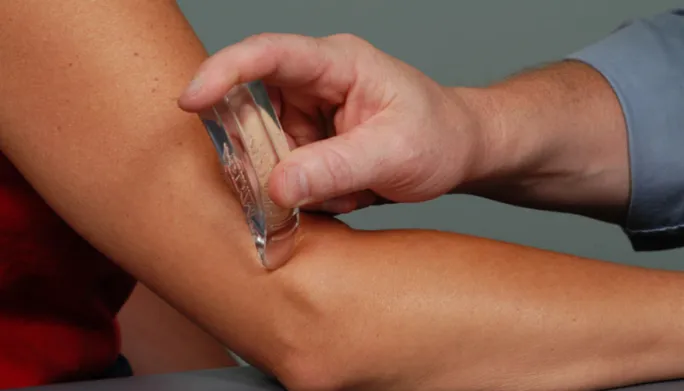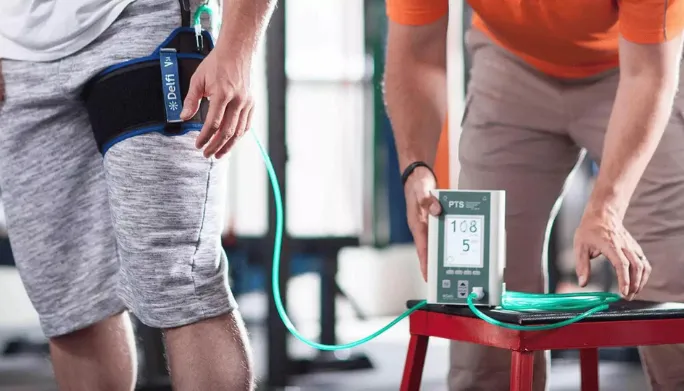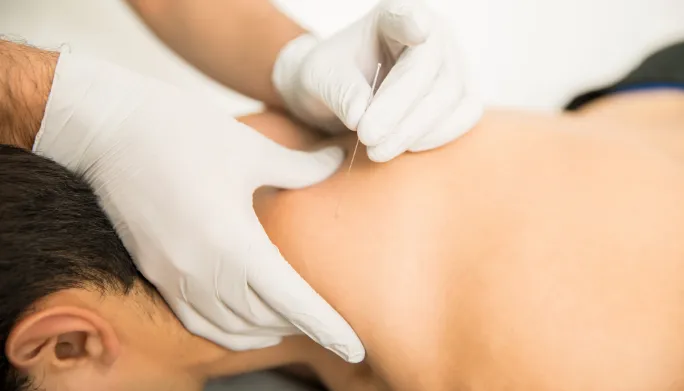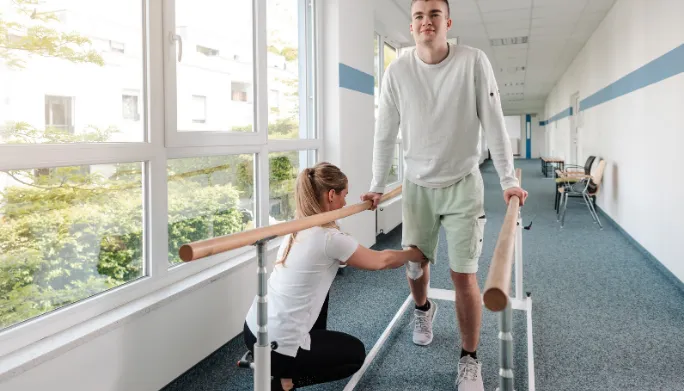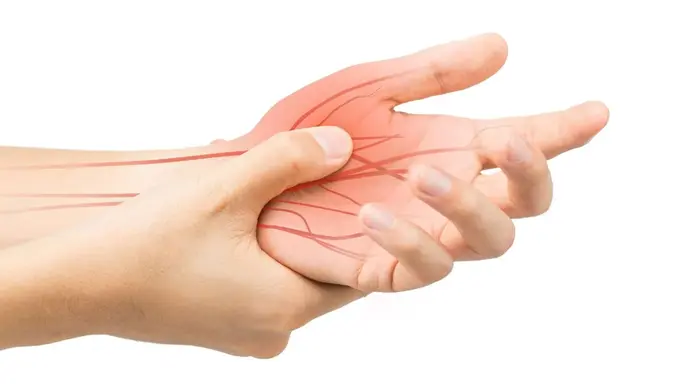Thoracic Outlet Syndrome (TOS) in Broomfield
Finding Relief from Thoracic Outlet Syndrome in Broomfield
If you experience pain, numbness, or weakness in your neck, shoulder, arm or hand, you may be suffering from thoracic outlet syndrome (TOS). This debilitating condition arises from compression of nerves or blood vessels in the narrow passageway between your collarbone and first rib, disrupting normal function. At Anchor Physical Therapy, our experienced physical therapists offer specialized TOS services to accurately diagnose the cause of your symptoms and create a tailored treatment plan to help you regain strength, mobility, and comfort.
Is This TOS Treatment in Broomfield Right for You?
Our TOS services are designed for anyone struggling with chronic neck, shoulder, arm or hand pain accompanied by sensations like:
- Numbness or tingling in the fingers
- Weak grip or difficulty carrying objects
- Discoloration or coolness of the affected arm
- Headache or lightheadedness
- Poor posture with rounded shoulders
Both vascular and neurogenic types of TOS cause these nagging issues that interfere with normal everyday activities. And without proper treatment, symptoms may worsen over time and lead to permanent nerve damage. That’s why if you’re suffering from debilitating neck, shoulder, arm or hand pain, it’s important to seek help. Our TOS experts can accurately diagnose the root cause of your discomfort and get you on the path to healing.
When Is Surgery Necessary?
If conservative treatments fail to provide adequate relief after several months, surgery may be warranted to physically decompress the passageway obstructing nerves and blood flow. Our physical therapy team works seamlessly with top specialists in the area to provide coordinated care should you require any surgical interventions like:
- Removal of cervical ribs or anomalous fibrous bands
- First rib resection to cut away bone compressing vessels
- Muscle release surgery to remove scar tissue
- Nerve repairs
Road to Recovery: What to Expect
While each patient’s TOS treatment plan is unique, you can generally expect:
1. Diagnosis Phase
- Initial evaluation: case history, physical exam, diagnostic tests
- Pinpoint cause of TOS symptoms
- Discuss treatment options like physical therapy, ergonomic changes, possible surgery
2. Active Treatment Phase
- Regular physical therapy sessions 1-2 times per week
- Daily home exercise program
- Implement posture corrections and braces as needed
- Medication management
3. Maintenance Phase
- Transition to self-directed exercise routine
- Follow-up appointments as needed
- Adhere to ergonomic adjustments long-term
- Medication used on as-needed basis
- Lifelong phase to prevent recurrence
With our personalized TOS services, over 75% of patients experience significant reductions in pain and improvements in mobility within the first 6 weeks. Complete restoration of strength and function often occurs around the 3-month mark. Early intervention is key to halting TOS in its tracks before permanent nerve damage sets in. So don’t delay treatment. Our experts are standing by to help you finally find relief!
Frequently Asked Questions
Can TOS heal on its own?
Rarely. The underlying structural abnormalities or muscle imbalances causing TOS require proactive treatment to resolve. Only around 20% of mild cases resolve without therapy. And symptoms often return quickly without preventative care.
How long does it take for TOS to heal?
With prompt, dedicated treatment, most patients achieve significant improvement within 6 weeks and complete restoration of function around 3 months. Some long-standing, complex cases take 4-6 months to fully resolve.
How do you fix thoracic outlet syndrome?
A combination of physical therapy, ergonomic modifications, medication, and sometimes surgery are used to treat TOS by releasing compressed nerves and improving posture/mobility. Our tailored neuromuscular re-education treatments address the specific muscular and structural instigators of TOS for robust, lasting relief.
How do you diagnose TOS?
There is no definitive single test to diagnose TOS. We conduct a thorough medical history review and physical exam assessing posture and range of motion to determine the presence of TOS. Diagnostic tests like X-ray, MRI, ultrasound, or nerve conduction studies may also be used to pinpoint the location and cause of nerve compression.
Meet Your TOS Treatment Team in Broomfield
TOS is a complex, frequently misdiagnosed condition requiring skill and expertise. You can trust the top-tier treatment team at Anchor Physical Therapy’s Physical Therapy Clinic to quickly diagnose the source of your symptoms and deliver personalized, compassionate TOS care every step of the way.
Cory Braden, PT, DPT
With years of experience with a licensed physical therapist, Cory Braden brings unparalleled experience in addressing conditions like TOS. Their gentle approach puts patients at ease while skillfully evaluating posture and movement patterns to uncover the root cause of symptoms. Expert hands-on therapy and targeted strengthening help patients of all ages find relief from years of nagging neck and shoulder discomfort.
About The Author
Robin Braden, a a licensed physical therapist, empowers patients to unlock their full potential with active exercise program and manual therapy. Years of experience fuels their passion for helping individuals reclaim vibrant lives. At Anchor Physical Therapy in Broomfield, Robin Braden combines innovative techniques with personalized care, tackling a broad spectrum of physical challenges.
Take the First Step Toward Relief
If chronic neck, shoulder, arm or hand pain is interfering with your quality of life, the thoracic outlet experts at Anchor Physical Therapy can help. Call us today to schedule an initial consultation. Or request an appointment online to start uncovering the source of your discomfort and embark on a personalized path to wellness.



